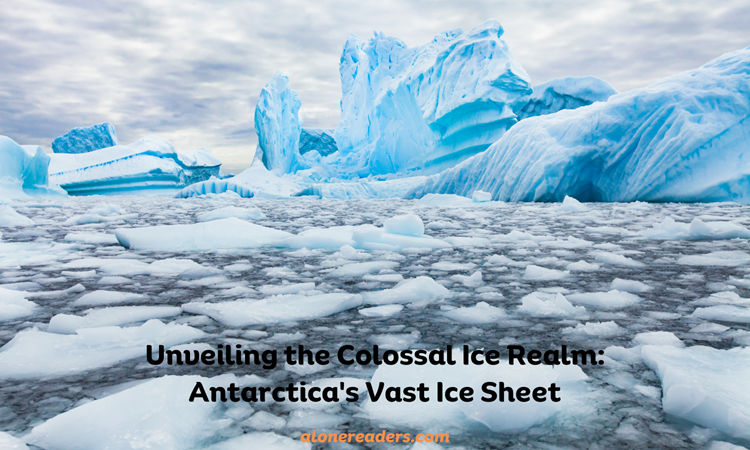
Antarctica, the southernmost continent, is known for its harsh climate, remote location, and profound impact on Earth’s geology, oceans, and climate systems. Central to its influence is the largest ice sheet on Earth, an immense glacier that holds a staggering 90% of the world's fresh water. This icy expanse not only shapes the ecology of the region but also acts as a crucial indicator and driver of global climate patterns. In this article, we delve into the features, significance, and the challenges faced by Antarctica’s ice sheet.
The Antarctic ice sheet is a marvel of the natural world. It covers an area of about 14 million square kilometers, which is approximately 1.3 times the size of Europe. With an average thickness of 1.9 kilometers, the ice sheet contains about 26.5 million cubic kilometers of ice. This colossal weight has a profound effect on the continent's geography, literally depressing the Earth's crust beneath it.
Contrary to the perception of it being a static expanse of ice, Antarctica's ice sheet is highly dynamic. It is formed by an accumulation of snowfall compacted over millennia. The ice flows outward towards the coasts, forming ice shelves, glaciers, and icebergs that calve into the ocean. This process is governed by a delicate balance between snowfall and the melting and calving at the edges.
The ice sheet plays a crucial role in Earth’s climate. The albedo effect, where the white ice surface reflects solar radiation back into space, helps to regulate the planet's temperature. Additionally, the ice sheet impacts global sea levels. If all of the Antarctic ice were to melt, global sea levels could rise by about 58 meters, which would have catastrophic implications for coastal cities and communities worldwide.
Antarctica's ice sheet is a treasure trove for scientific research. Scientists drill ice cores that provide valuable climate records dating back hundreds of thousands of years. These cores contain air bubbles that are tiny time capsules, giving insights into the Earth’s past atmosphere composition and temperature. This information is crucial for understanding climate change and predicting future trends.
The stability of Antarctica's ice sheet is increasingly threatened by climate change. Warming ocean currents and rising temperatures can increase the rate of ice melt and calving. The collapse of major ice shelves, such as the Larsen B in 2002, signified a potential acceleration of the ice flow from the continent into the ocean, contributing to sea-level rise.
The ice sheet also influences the rich and unique ecosystems of Antarctica. Underneath the ice, subglacial lakes, such as Lake Vostok, have been discovered. These lakes are isolated ecosystems that have been cut off from the rest of the world for millions of years, potentially housing unique life forms that offer insights into life in extreme conditions.
Human activity in Antarctica is regulated by the Antarctic Treaty System, which promotes scientific cooperation and preserves the continent for peaceful purposes. However, even this remote location is not immune to human impact. Climate change, driven by global greenhouse gas emissions, is causing changes in Antarctica that can have global consequences.
Monitoring and understanding the changes in the Antarctic ice sheet is a formidable challenge due to its remote location and extreme weather. Satellites and remote sensing technologies have become vital tools for scientists to track changes in ice volume and movement. The future of this icy realm is uncertain, and the international community faces the challenge of balancing research and conservation with the geopolitical interests in the region.
The Antarctic ice sheet, with its immense scale and profound influence on the global environment, is a natural wonder that holds many secrets about our planet’s past and clues to its future. As the Earth's climate continues to warm, the fate of this icy giant presents one of the most significant challenges of our time. The continued study and preservation of Antarctica's ice sheet is not just a scientific imperative but a necessity for the sustainability of life across the entire planet.
In a world where climate change poses an existential threat, Antarctica serves as a reminder of the delicate balance we must maintain to preserve our planet. It is a reminder that even in the most inhospitable corners of the world, the forces of nature can hold sway over the fate of humanity.